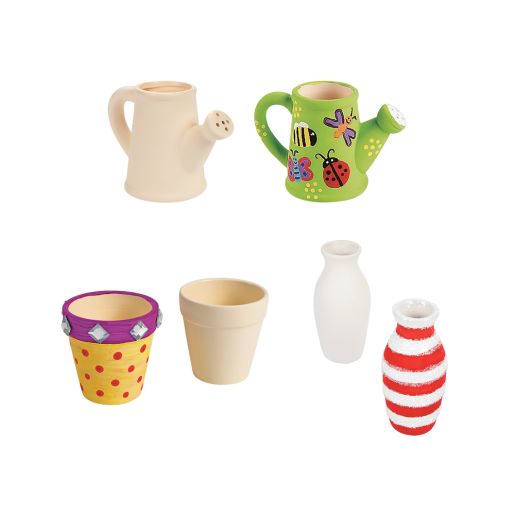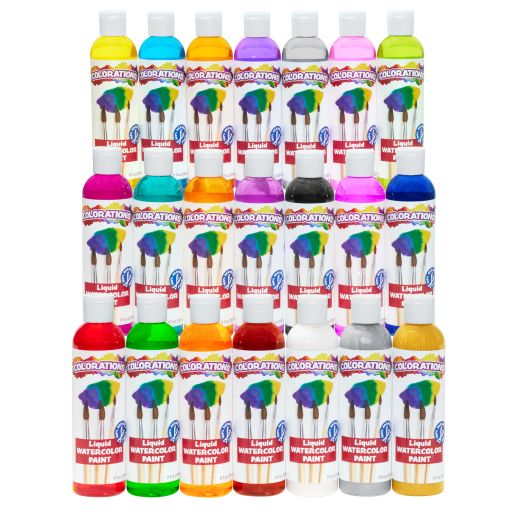Description
The Light Exploration Set from Roylco transforms abstract light concepts into hands-on discoveries that captivate young scientists. This comprehensive kit includes 17 detailed shell X-rays, color theory shapes that function as both stencils and filters, 30 translucent jumbo buttons, 24 color separation sheets, 9 color circles, and reflective cardstock—all designed to make the invisible properties of light visible and understandable.
Built by Roylco, a trusted name in educational materials for over 40 years, this American-made kit focuses on fundamental STEM concepts including reflection, refraction, absorption, and color theory. The materials are durable enough for repeated experimentation while remaining safe for children ages 3 and up. Unlike consumable science kits, these components can be used again and again, making this a solid long-term investment for growing families.
The beauty of this kit lies in its versatility. While it works wonderfully on a standard table with natural or lamp light, it becomes truly magical when used with a light table or light box. The translucent and transparent materials reveal hidden patterns, showcase color mixing principles, and demonstrate how light behaves differently with various materials. Each component serves multiple purposes—the shell X-rays aren’t just fascinating to examine, they also teach transparency and help children understand how light passes through different densities of material.
What sets this kit apart is its open-ended design. There’s no single “right” way to use these materials, encouraging creativity while building scientific thinking skills. Children naturally progress from simple sorting and pattern-making to more complex experiments involving color theory and light behavior. The reflective cardstock introduces concepts of light bouncing and angles, while the color separation sheets demonstrate how white light contains all colors of the spectrum.
Ways Homeschoolers Can Use This Product
Multi-Level Science Learning: This kit grows with your children. Preschoolers can sort the translucent buttons by color and size, developing classification skills and color recognition. Elementary students can conduct formal experiments testing which materials allow light to pass through (transparency), which block it completely (opacity), and which allow some light through (translucency). Middle schoolers can explore advanced concepts like light wavelengths and how different colors are absorbed or reflected by various materials.
Cross-Curricular Integration: Beyond science, this kit supports multiple subjects. Use the color materials for art lessons about primary and secondary colors, or the geometric shapes for math lessons on sorting, patterns, and counting. The shell X-rays provide perfect entry points for discussions about marine biology, life cycles, and anatomy. Language arts lessons can incorporate descriptive writing about observations or creative storytelling inspired by the fascinating X-ray images.
Nature Study Enhancement: Take the kit outdoors to compare how materials look in natural sunlight versus indoor lighting. Use the color filters to observe how the world looks through different lenses, supporting nature journal activities and outdoor exploration. The shell X-rays connect beautifully with beach studies, ocean unit studies, or broader lessons about animal adaptation and protection.
Hands-On Physics Made Simple: Introduce fundamental physics concepts without overwhelming young learners. The reflective materials help children understand how mirrors work and why we can see ourselves in shiny surfaces. Color separation sheets demonstrate that white light is actually made up of many colors—the same principle behind rainbows. These concrete experiences build the foundation for more advanced physics concepts later.
Special Needs and Learning Differences: The sensory-rich materials provide excellent tactile experiences for children who learn best through touch. The visual appeal of light and color can captivate children with attention challenges, while the cause-and-effect nature of light experiments helps children with autism understand predictable patterns in their environment.
Unit Study Flexibility: This kit adapts to various educational approaches. Charlotte Mason educators can use it for nature study and scientific observation practice. Classical homeschoolers can incorporate it into their science cycles, while unschoolers can follow children’s natural curiosity about light and color. The materials support both structured lessons and free exploration time.
Year-Round Learning: Unlike weather-dependent activities, light exploration works equally well on rainy days or bright sunny afternoons. The compact storage means it’s perfect for travel, car schooling, or co-op activities. During winter months when outdoor time is limited, this kit brings engaging science indoors without mess or complicated setup.





Reviews
There are no reviews yet.